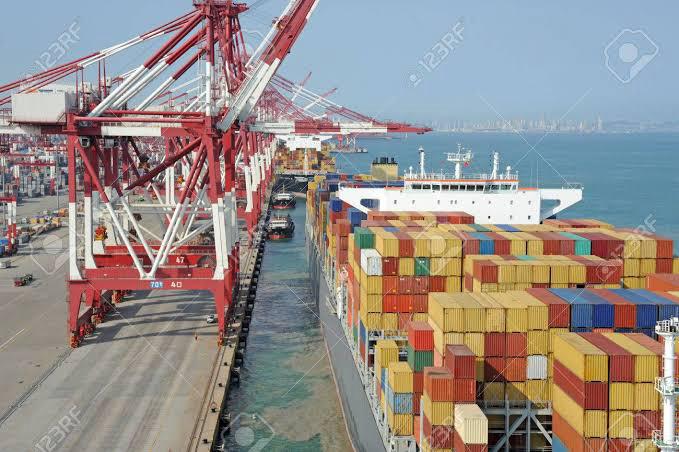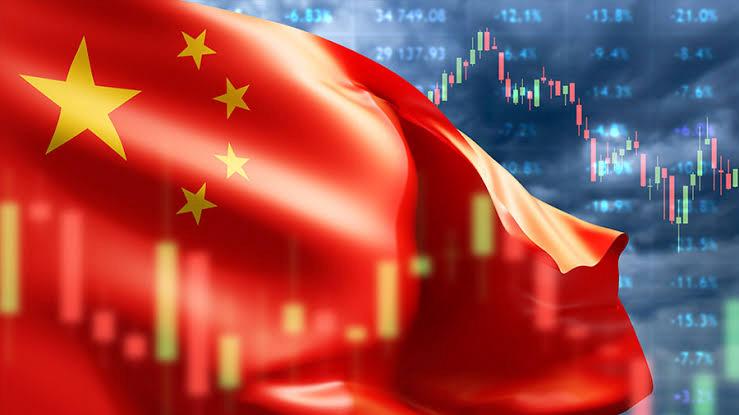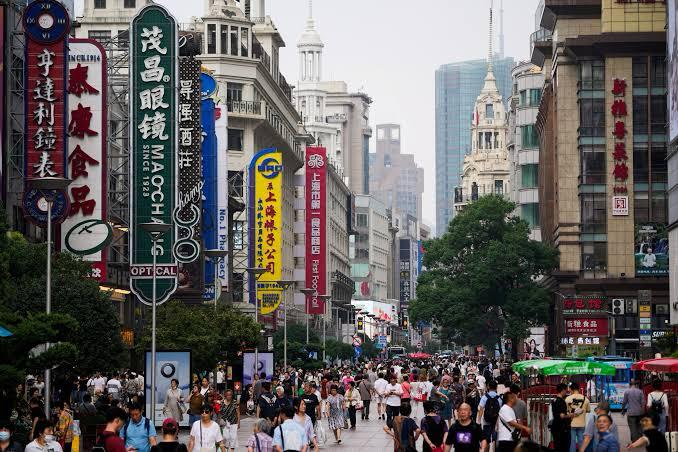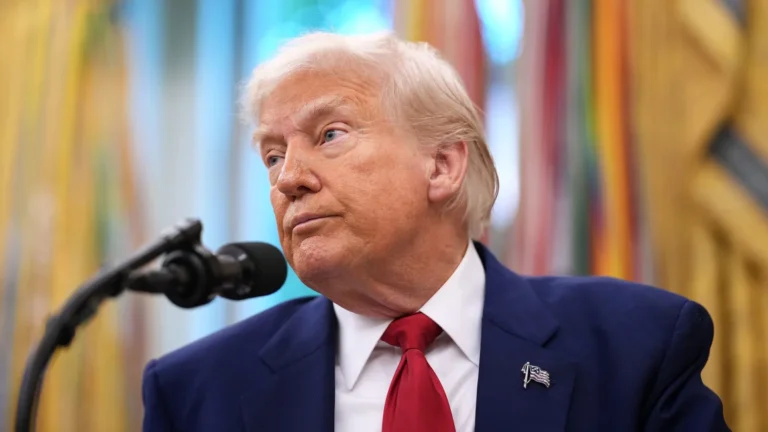

China Posts Strong First-Quarter Growth Amid Mounting Trade Tensions with U.S.
China has delivered a surprising economic performance in the first quarter of 2025, posting a 5.4% increase in gross domestic product (GDP), even as the ongoing trade war with the United States continues to escalate. The announcement, made by the National Bureau of Statistics (NBS) on Wednesday, defied earlier forecasts and sent a bold signal about the country’s strategy for weathering global economic headwinds.
This growth figure outpaced expectations from economists polled by Reuters, who had projected an expansion of just 5.1%. The stronger-than-expected result demonstrates China’s ongoing resilience and its intent to stay the course despite mounting external pressures, particularly from new U.S. tariffs imposed by President Donald Trump.
“The national economy had a steady and good start, continuing the upward trend,” said Sheng Laiyun, deputy director of the NBS, during a press conference. “However, we must also see that the current external environment is becoming more complex and severe, and the effective domestic demand growth momentum is insufficient.”
Tariff Tensions with the U.S.
This quarterly report arrives at a crucial time, as tensions between China and the United States have escalated under President Donald Trump’s renewed trade strategy. The latest wave of reciprocal tariffs, spearheaded by Washington, has begun to reshape the economic dynamics between the two powerhouses.
Trump, who returned to office in 2025, imposed two major rounds of tariffs totaling 20% on Chinese goods in the first quarter, citing concerns over fentanyl production and broader national security issues. However, these measures only took effect in April, meaning the latest growth figures do not yet reflect their full economic impact.
In total, the cumulative U.S. tariffs on Chinese imports now stand at a hefty 145%, a figure that Beijing has criticized as excessive and strategically disruptive.
More on the Trump administration’s tariff policy
Sheng, responding to reporters’ questions, described the tariffs as “trade bullying” and reiterated China’s opposition to such barriers. “While the tariffs will bring certain pressure to bear on the Chinese economy, they cannot change the general trend of China’s continued long-term economic improvement,” he emphasized. “China’s economic foundation is stable, resilient and has great potential, so we have the courage, ability, and confidence to cope with external challenges and achieve the established development goals.”

Domestic Resilience
Much of the surprise in the quarterly data stems from domestic factors that seem to have momentarily offset external pressures.
Consumer spending and industrial production outperformed projections, providing much-needed momentum to an economy that has, in recent years, struggled with internal issues such as a real estate crisis and low consumer confidence.
According to the NBS, retail sales in March jumped by 5.9% compared to the same month last year, surpassing earlier expectations. Meanwhile, industrial output surged by 7.7% last month, a significant increase from the 5.9% average growth reported for January and February.
These figures suggest that China is seeing a domestic rebound in consumer activity and manufacturing, which are critical components of its broader economic health.
Detailed analysis from CNBC
Economists, however, caution against over-optimism. “The growth is real, but we need to keep in mind that these are early days in the trade war’s latest chapter,” said Margaret Liu, senior Asia economist at ING. “The coming quarters will show the actual impact of the U.S. tariffs. For now, what this data shows is that China is not rolling over — it’s showing fight.”
Lingering Economic Challenges
Despite the optimism generated by the first-quarter results, China still faces several structural challenges. The real estate sector, once a pillar of the country’s economic engine, continues to show signs of stress.
Prices remain subdued, and several major developers are still grappling with liquidity problems that first emerged in the wake of the Evergrande crisis in 2021.
Additionally, deflationary pressures continue to linger. Consumer price growth remains soft, reflecting deeper issues in demand and consumer confidence that are yet to be fully resolved. Analysts also point to the need for structural reforms and more aggressive stimulus measures to maintain long-term growth momentum.
“There’s a strong short-term bounce, but China’s long-term picture still depends on resolving issues around housing, demographics, and productivity,” said Paul Chan, an analyst at Capital Economics.
Geopolitical Implications
The economic performance also carries implications beyond economics. In the current geopolitical climate, China’s economic resilience sends a strategic message to global markets and rival states. By maintaining solid growth amid escalating trade friction, Beijing aims to project stability and determination — crucial components of its broader diplomatic and economic narrative.
“China wants to be seen as a stable force amid global chaos — whether that’s economic or political,” said international relations expert Mei Zhang. “This GDP report plays directly into that image.”
The question moving forward is whether China can sustain this momentum as the full effects of the trade war materialize in the second quarter and beyond.




